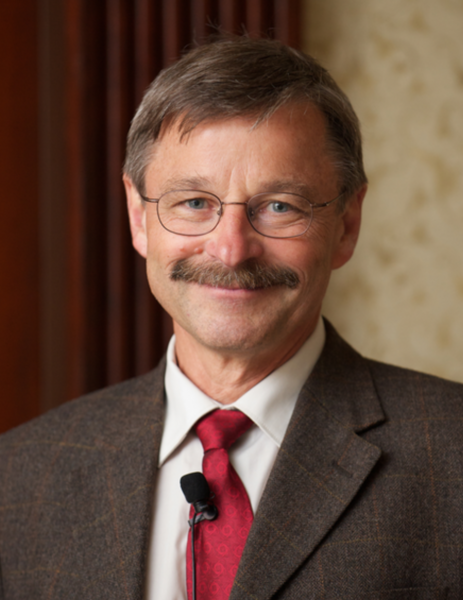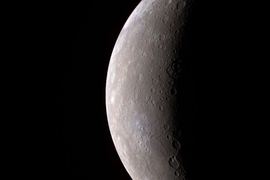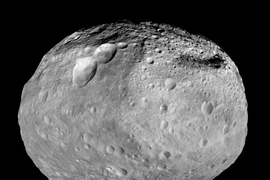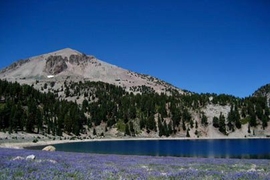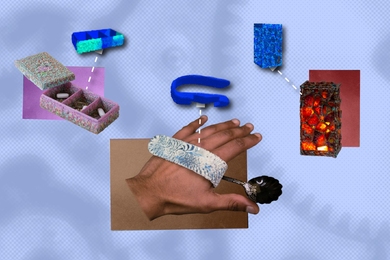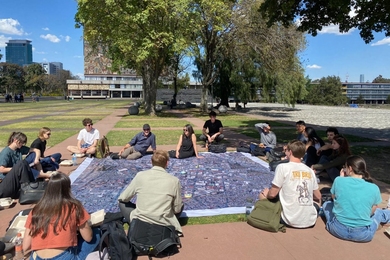Timothy Grove, the Robert R. Shrock Professor of Earth and Planetary Sciences, has been recognized with the 2018 Harry H. Hess Medal by the American Geophysical Union (AGU). The medal is awarded annually for what AGU calls “outstanding achievements in research on the constitution and evolution of the Earth and other planets.”
A past president of the AGU himself (2008-2010), Grove is a geologist who explores the processes that have led to the chemical evolution of Earth and other planets and objects in the solar system including the moon, Mars, Mercury, and meteorite parent bodies. His approach to understanding planetary differentiation is to combine field, petrological, and geochemical studies of igneous rocks with high-pressure, high-temperature experimental petrology.
On Earth, his research focuses on mantle melting and subsequent crustal-level magma differentiation at both mid-ocean ridges and subduction zones. For mid-ocean ridges, he is interested in the influence of mantle convection and lithospheric cooling on melt generation and modification. In subduction zone environments, he is interested in understanding the critical role of water on melting and differentiation processes.
On the moon, his work focuses on understanding the chemical differentiation of the early lunar magma ocean and the subsequent remelting of its cumulates to create lunar mare basalts. He applies his experimental approach to meteorites from the earliest formed planetesimals in the Solar System to understand the melting and chemical differentiation processes that occurred in these asteroidal bodies.
Grove has been a member of the MIT faculty since 1979, and served as EAPS associate department head for eight years from 2010 to 2018.
Grove is only the second member of the MIT faculty to earn the Hess Medal; Vice President for Research Maria Zuber, the E. A. Griswold Professor of Geophysics, was awarded the prize in 2012. The medal will be presented at the 2018 Union Awards Ceremony on Dec. 12 at the 2018 AGU Fall Meeting in Washington.
The Hess Medal was established in 1984 and is named in honor of Harry H. Hess, who made many seminal contributions to geology, mineralogy, and geophysics. His achievements include constraining the mechanisms of seafloor spreading and the formation of flat-topped seamounts (guyots), conducting detailed mineralogic and petrologic studies of peridotites, and originating scientific ocean drilling by the Mohole Project. Hess served multiple terms as an AGU section president for both Geodesy (1950–1953) and Tectonophysics (1956–1959).
The AGU's full 2018 awards announcement is available online.
